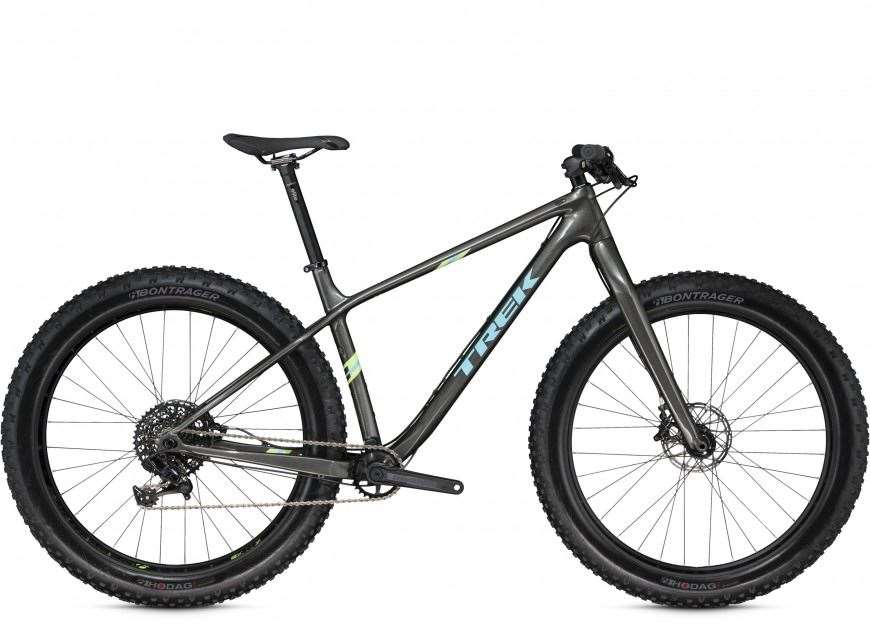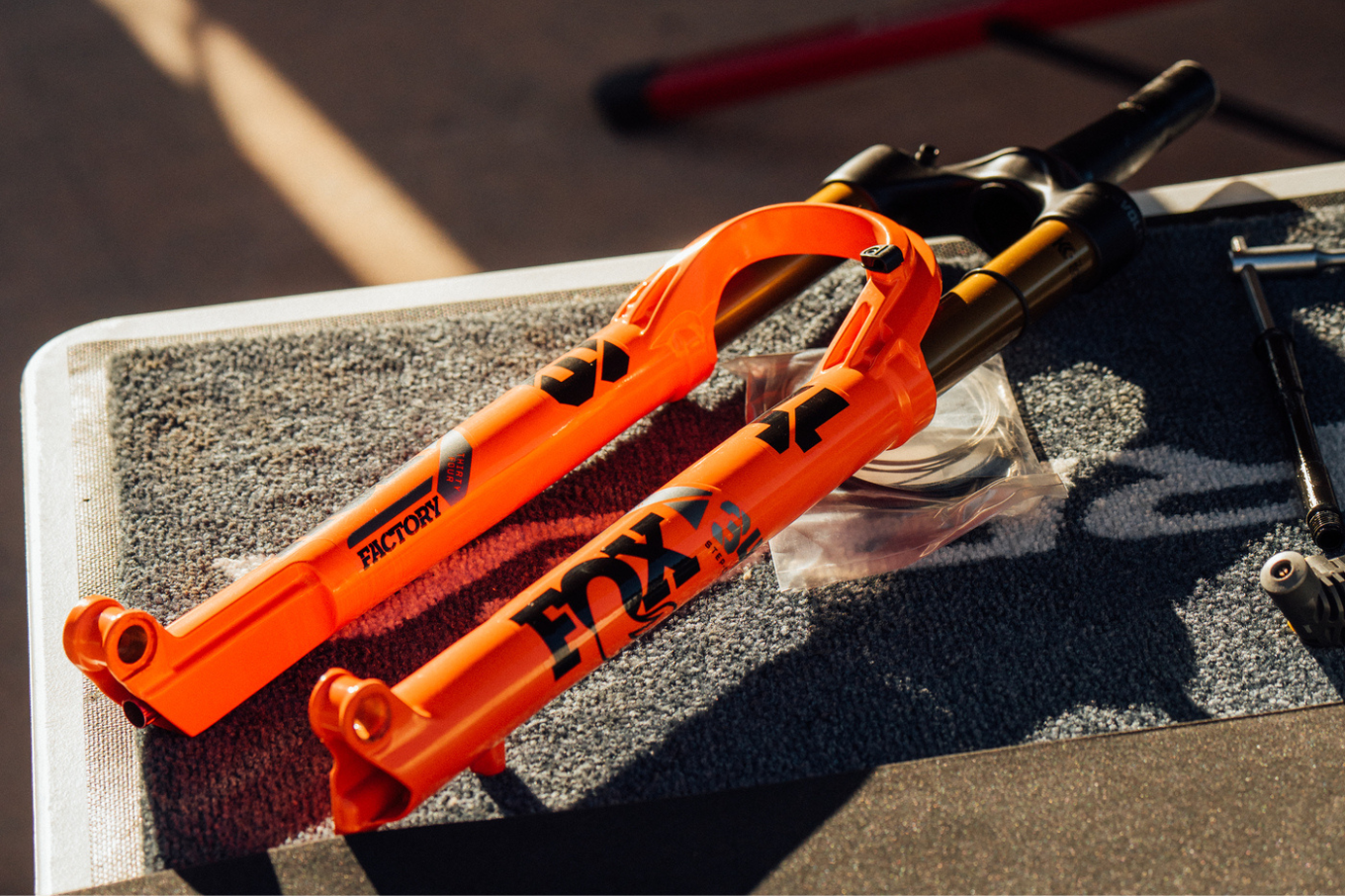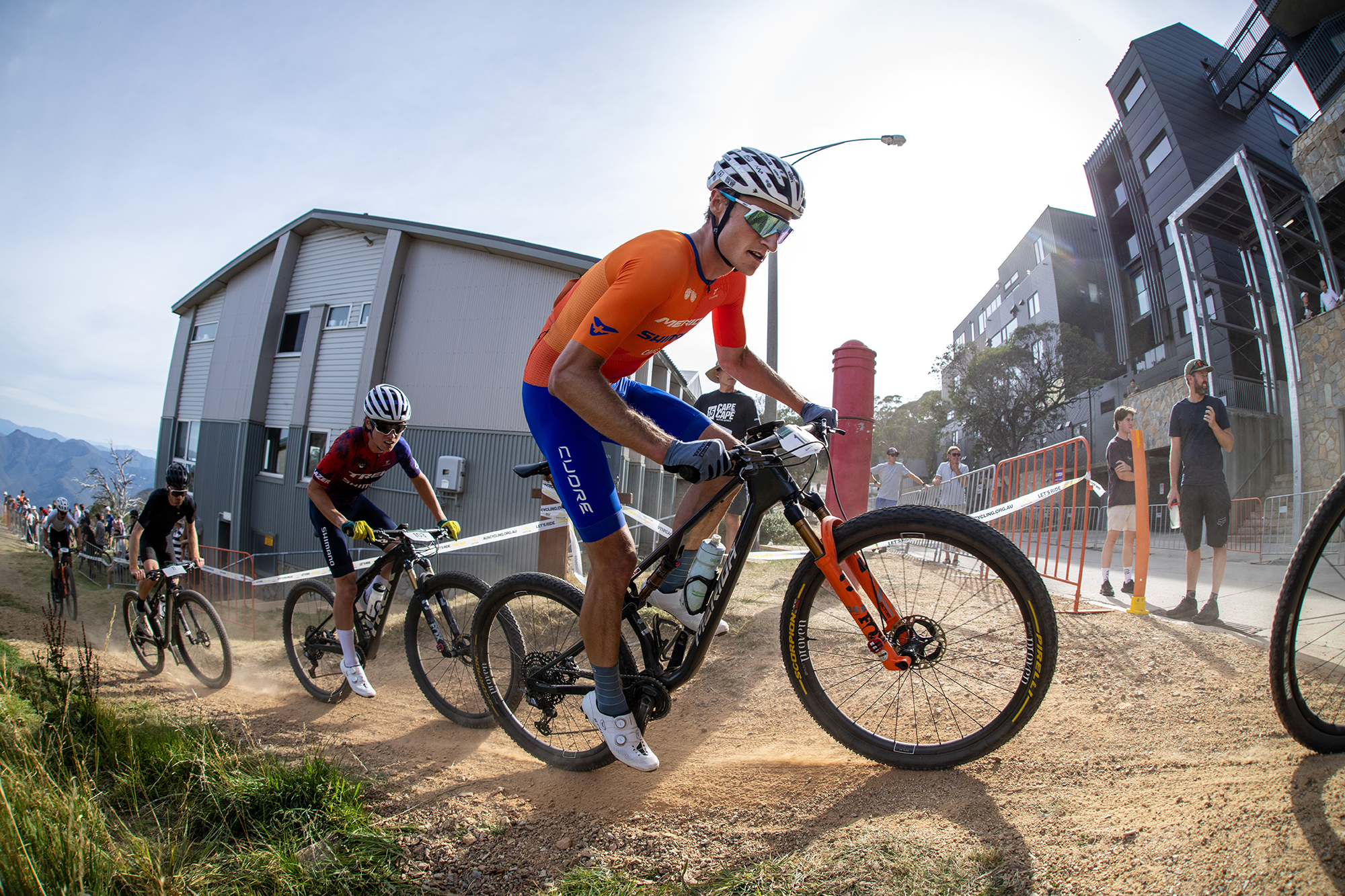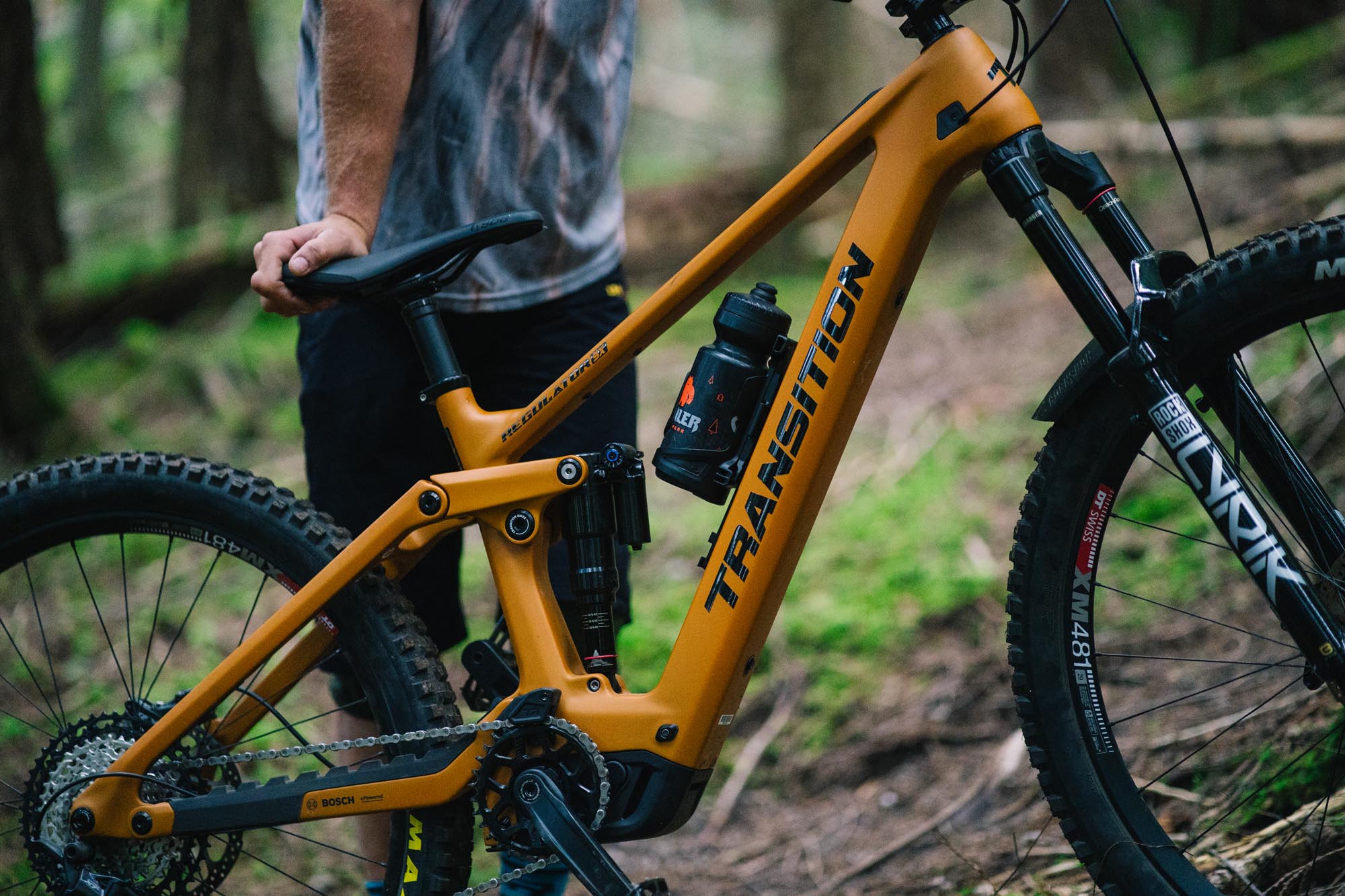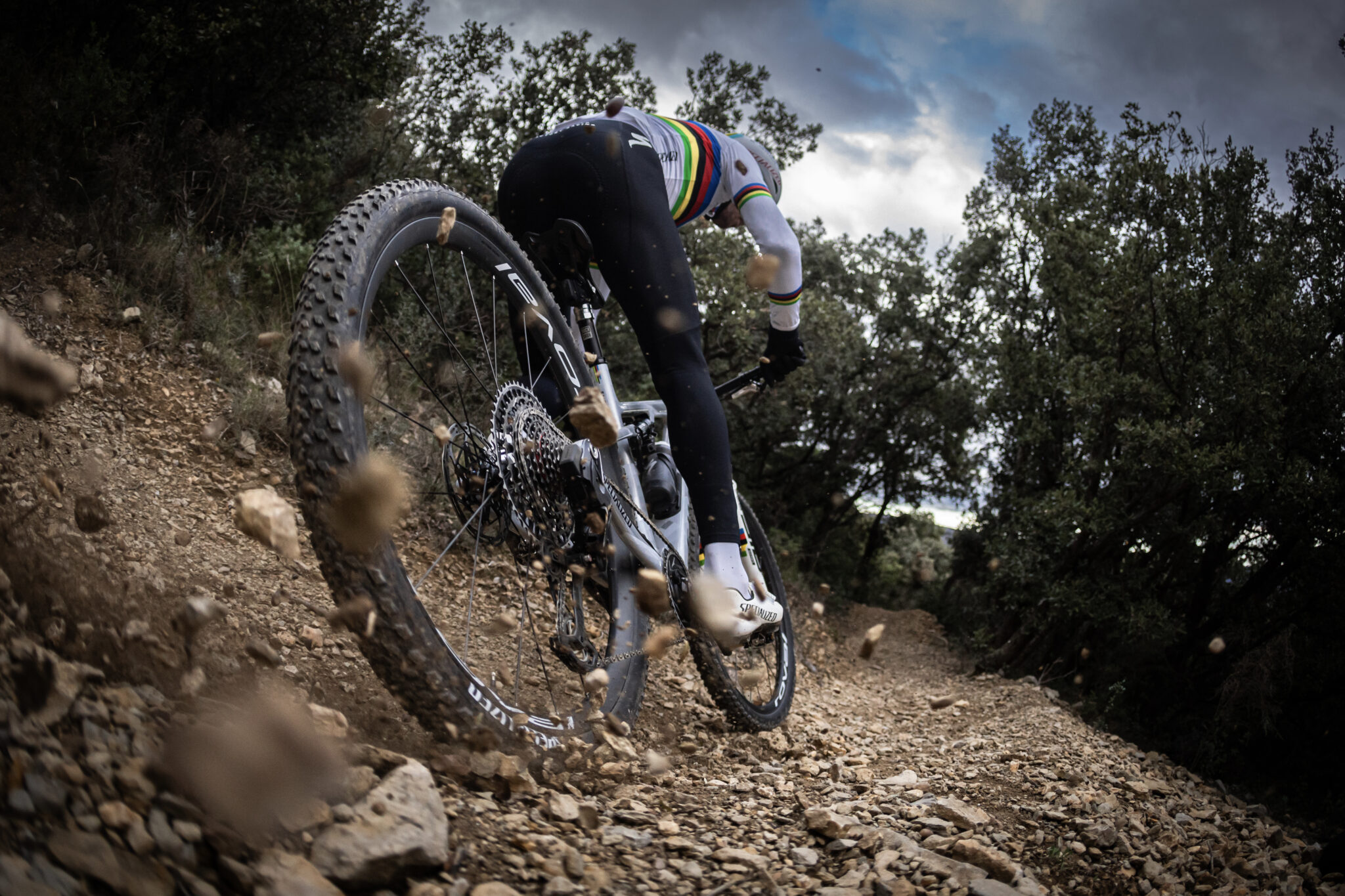Trek unveil new Farley fat bike
Trek have redesigned their Farley fat bike, around both fat bike and 27+ standards.
The all-new Farley
While Trek already had their fat bike in the range, they have updated the popular Farley platform for the new model year. They have new carbon and alloy models that have been redesigned with 197mm rear spacing to accept wider 5” tires or the new 27.5 x 4” tires, without sacrificing the pedalling performance of the Farley. Thanks to the new PF121 bottom bracket, the q-factor remains unchanged despite the greater tire clearance.
The Farley 9.8 will be one of the lightest mainstream fat bikes on the market.
The Farley 5 features a new alloy fork that saves 250 grams over the previous fork. There is a new light weight 600-gram carbon fork with an alloy steerer on the Farley 7 and 9.6, while the Farley 9.8 gets a new carbon fork with a carbon steerer. At 550 grams, it’s among the lightest carbon forks on the market. Trek have plenty of experience with carbon fibre, and the carbon Farley frame weighs 1300 grams for a size 17.5, and will be available as a frameset around the end of the year.
To keep the whole bike weight down, the Farley 9.8 has a new carbon wheel called the Wampa. It’s a hookless bead and is ready to go tubeless out of the box so you can have the lightest fat bike out there.
Although Trek have also launched a 27+ specific bike, called the Stache, in the US, the Farley will accept both wheel/tyre sizes. The outer diameter of 27.5×4″ and 26×5″ wheel system (wheel + tyre) are within a couple of millimetres of each other. A wider 26×5 wheel system offers the most capability in loose terrain. The 27.5×4 wheel system offers a faster solution great for groomed snow singletrack and dirt trails. Trek use a Strangehold Dropout – which is a sliding dropout – to accommodate both wheel systems.
Another tyre size is a bit of a headache, but Bontrager, Kenda and Maxxis will all have 27.5×4″ tyres on the market once the bikes are in stock later this year.
While Trek have mostly teased us with photos of fat bikes on snow, the reality is they are one of the most stable options on any loose and ungroomed terrain. Which we have a lot of in Australia. The fat tyres float very well in sand, loose rock, and all sorts of trails that just don’t get much traffic. The 27.5×4″ option might work better on trails where there is a bit more maintenance, or groomed snow – if you manage to sneak onto some XC ski loops. Which is probably a big question being raised at Australian ski resorts for this winter. Or it should be.
Expect to see bikes available in Spring, but see your Trek dealer for specifics.

